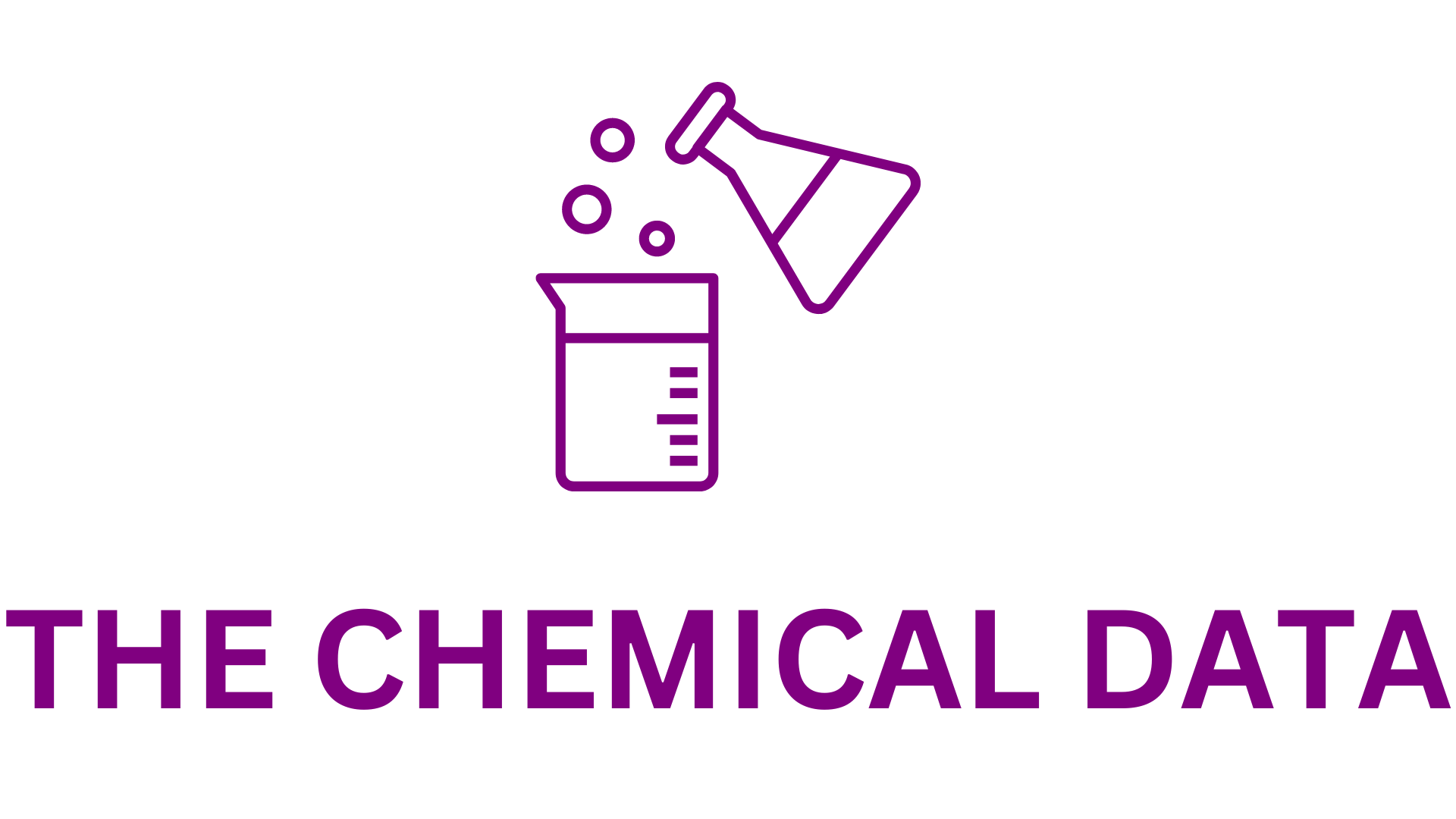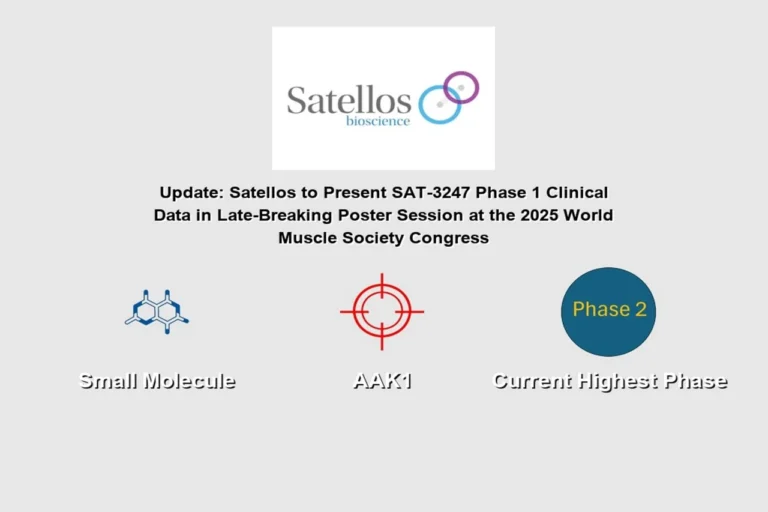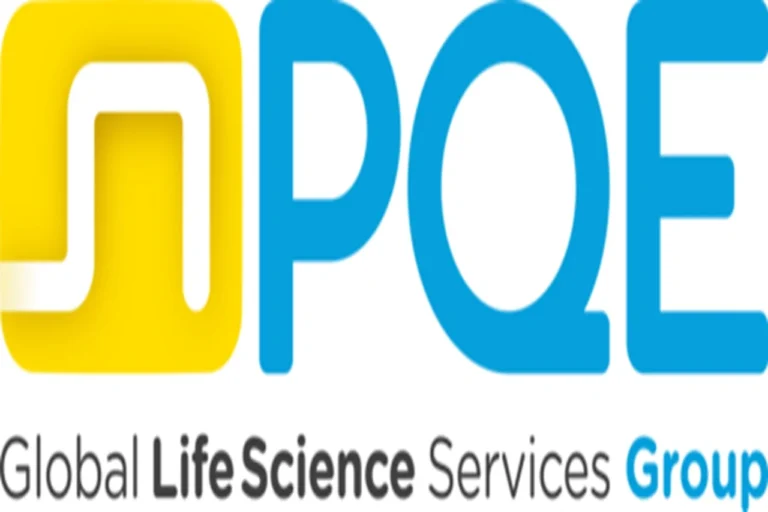
TOKU-E Company, a global manufacturer specializing in small molecules, gene selectors, and fine chemicals for upstream manufacturing, has announced the availability of high-purity for food safety testing. This development aims to enhance the reliability of diagnostic kits used to detect antibiotic residues in food products, thereby supporting global food safety initiatives.
Understanding Pirlimycin Hydrochloride
TOKU-E Pirlimycin Hydrochloride is the hydrochloride salt form of Pirlimycin, a semi-synthetic derivative of clindamycin belonging to the lincosamide class of antibiotics. It exhibits bactericidal activity against Gram-positive bacteria, including Staphylococcus and Streptococcus species, which are common causative agents of bovine mastitis—a prevalent infectious disease in livestock. The compound functions by inhibiting bacterial protein synthesis through binding to the 50S ribosomal subunit, thereby disrupting peptidyl transferase activity.toku-e.com+1PubMed+1
Significance in Food Safety Testing
The TOKU-E presence of antibiotic residues in food products, such as meat and milk, poses a significant public health concern. Regulatory bodies worldwide have established maximum residue limits (MRLs) to ensure consumer safety. For instance, the U.S. Food and Drug Administration (FDA) has set tolerance levels for pirlimycin residues in cattle tissues and milk, with specific limits for liver, muscle, and milk. Similarly, the Joint FAO/WHO Expert Committee on Food Additives (JECFA) has evaluated pirlimycin, establishing acceptable daily intake levels and MRLs for various animal tissues. PMCCustoms Mobile+1ACS Publications+1InChem
Accurate detection of pirlimycin residues is crucial for compliance with these regulations. Traditional methods often struggle with specificity and sensitivity, especially when using reference materials with lower purity levels. TOKU-E’s provision of Pirlimycin Hydrochloride with a purity level of at least 95% addresses this challenge, offering a more reliable standard for analytical testing.
Applications in Analytical Testing
High-purity Pirlimycin Hydrochloride serves as a critical reference standard in various analytical methods employed for residue detection. These methods include enzyme-linked immunosorbent assays (ELISAs), liquid chromatography (LC), and mass spectrometry (MS). For example, a biotin–streptavidin-amplified ELISA (BA-ELISA) has been developed to detect pirlimycin residues in beef muscle, milk, and honey, demonstrating improved sensitivity over traditional ELISAs. Additionally, gold immunochromatographic assays have been utilized for rapid on-site detection of lincosamide residues, including pirlimycin, in various food samples. PMCACS PublicationsPubMed+1ACS Publications+1
Implications for Diagnostic Laboratories
The availability of high-purity Pirlimycin Hydrochloride enhances the capabilities of diagnostic laboratories engaged in food safety testing. By utilizing a reference material with higher purity, laboratories can achieve more accurate quantification of residues, reduce false positives, and ensure compliance with regulatory standards. This advancement supports the broader goal of safeguarding public health by ensuring that food products are free from harmful levels of antibiotic residues.
The introduction of high-purity Pirlimycin Hydrochloride marks a significant advancement in the field of food safety diagnostics. Diagnostic laboratories that test for antibiotic residues in food products, such as meat and dairy, now have access to a reference material with a purity level of at least 95%, a substantial improvement over the market standard of approximately 50%. This enhanced purity dramatically improves the reliability and sensitivity of testing methods, enabling more accurate quantification of Pirlimycin residues.
One of the most pressing challenges in antibiotic residue testing is the occurrence of false positives, which can lead to unnecessary concern, costly retesting, and disruption in supply chains. By minimizing the presence of impurities and isomeric mixtures in the reference standard, TOKU-E’s high-purity Pirlimycin Hydrochloride helps reduce these false-positive results. This allows laboratories to confidently assess contamination levels, improving both the efficiency and accuracy of their testing workflows.
Furthermore, the product is suitable for use in both qualitative and quantitative residue detection methods, making it a versatile choice for a wide range of analytical platforms and food matrices. It supports compliance with strict regulatory standards that govern antibiotic residue limits in food across various global markets.
Ultimately, the availability of such a high-quality compound not only advances the technical capabilities of testing laboratories but also contributes to a safer global food supply. By ensuring that animal-derived products meet stringent safety criteria, TOKU-E’s Pirlimycin Hydrochloride plays a vital role in protecting public health and reinforcing trust in food systems.







